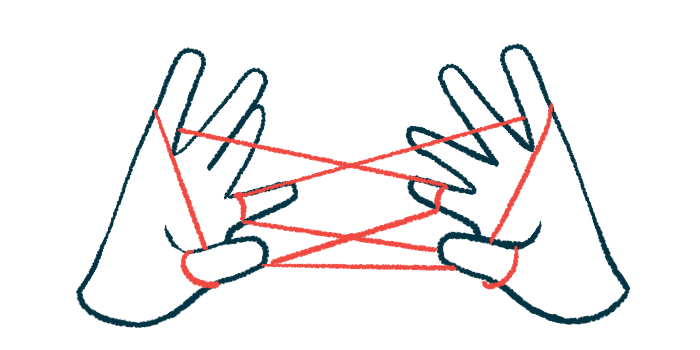Spinraza, Evrysdi preserve SMA type 2 upper limb motor function
Patients treated later in life had slower RULM declines than were anticipated
Written by |

Treatment with Spinraza (nusinersen) or Evrysdi (risdiplam) may help preserve upper limb motor function in children and young adults with spinal muscular atrophy (SMA) type 2, a natural history study in Spain shows.
In the study, the researchers saw that upper limb motor function, measured using a clinical scale called the Revised Upper Limb Module (RULM), initially improved in early childhood and peaked around age 4. After that, it began to progressively decline while patients remained untreated.
Understanding the natural history of motor function in SMA type 2 may help measure treatment response, “especially in those with already severely limited motor function,” they wrote in the Journal of Neurology study “Upper limb motor function in individuals with SMA type 2: natural history and impact of therapies.”
SMA is a genetic disease that damages motor neurons, the nerve cells responsible for movement. As a result, muscles stop receiving proper signals, causing them to weaken over time and making movement increasingly difficult. In SMA type 2, symptoms first become apparent between 6 and 18 months of age. Without treatment, most children are able to sit up independently, but can’t stand or walk on their own. Disease-modifying medications can improve motor function, however.
SMA type 2 usually affects the legs more than the arms, or affects the arms later in life. To better understand how muscle weakness affects the upper limbs as SMA progresses, the researchers used the RULM to monitor motor function.
For patients, “preserving upper limb function is essential for maintaining autonomy and quality of life, as it facilitates engagement in daily activities, effective communication, and social participation,” they wrote.
Slower RULM declines with treatment
The study relied on the medical records of 149 untreated patients with SMA type 2. Their first symptoms appeared at a mean age of 10.1 months and their upper limb motor function was first assessed at a mean age of 9.2 years (range, 2.5-19.8).
Over a mean period of nearly four years, 376 records of RULM scores were available for 130 patients, with each patient having at least two records. The RULM consists of 20 items, with a maximum score of 37 points, a higher score indicating better motor function.
In early childhood, RULM scores increased by about 3 points each year. However, after 4.4 years, they began to decrease by 0.38 points annually. Mean RULM scores in the dominant arm were 1.01 points higher than in the non-dominant arm.
A total of 118 patients began treatment with either Biogen’s Spinraza (86%) or Roche and Genentech’s Evrysdi (14%). Both are disease-modifying medications approved for all the main types of SMA, including SMA type 2, in all ages.
Many patients (70%) began treatment after age 5. Spinraza was started at a mean age of 8.5 and Evrysdi at 15.2. The patients were followed over a mean of three years (range, 0.3-7.5) while on treatment.
Based on 505 records, the researchers observed that, while upper limb motor function declined with age, RULM scores remained significantly higher than expected had the disease followed its natural course.
However, “most of the life of the older treated individuals was spent without treatment,” the researchers noted. “The observed trend in these individuals may not reflect what would have been expected if treatment had been administered during the early stages of life,” suggesting upper limb motor function may have been better preserved with earlier treatment.
A widely used clinical scale for motor function is the Hammersmith Functional Motor Scale-Expanded (HFMSE), but “this scale is not suitable for individuals with poor motor function due to a floor effect,” which occurs when patients score the minimum possible, making it difficult to assess further decline.
Nearly a third (30%) of the untreated patients scored 0 on the HFMSE. At that time, when their mean age was 11, they scored a mean of 14.4 points (range, 6-21) on the RULM. At the start of treatment, nearly half (49%) scored 10 points or lower on the HFMSE and had a mean RULM score of 17.2 points.
“These findings support recent studies that advocate the use of the RULM together with other scales to assess motor function in individuals with SMA type 2 who have a HFMSE score below 10 points,” wrote the researchers wrote, who said the biomarkers may enable “more accurate monitoring” and “better prediction of treatment response” in the future.







